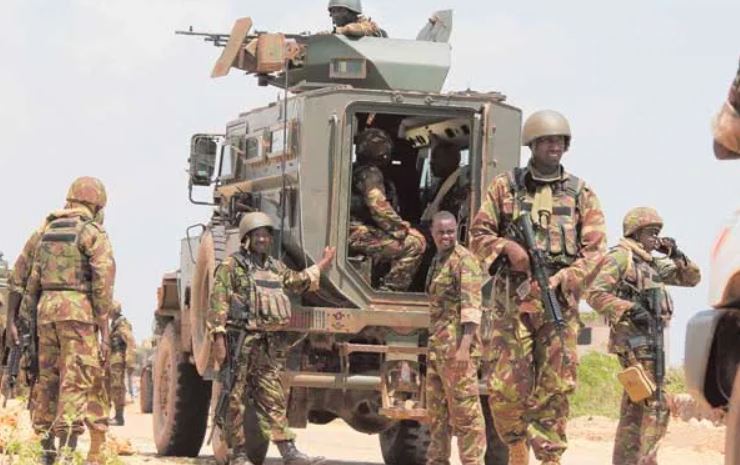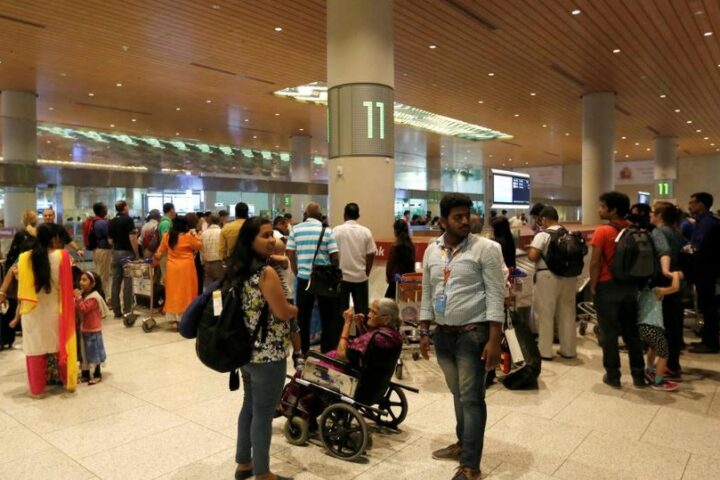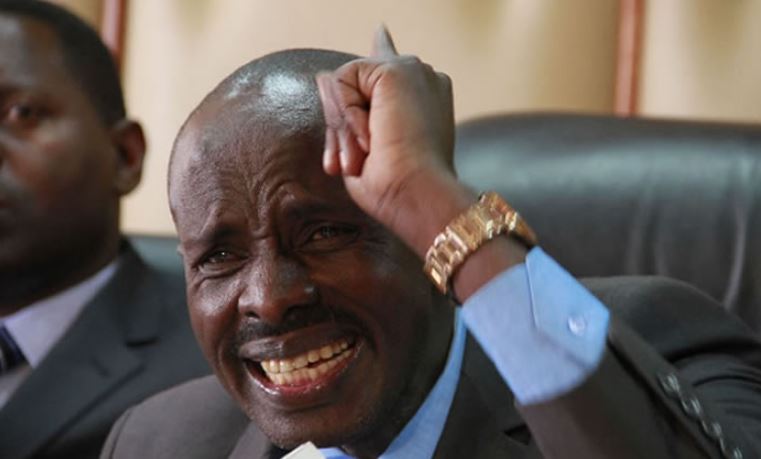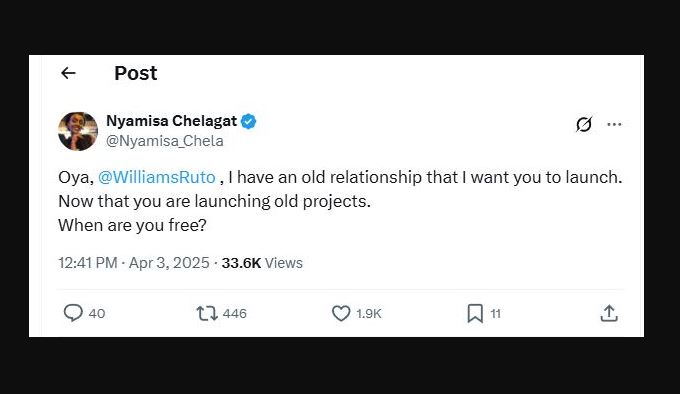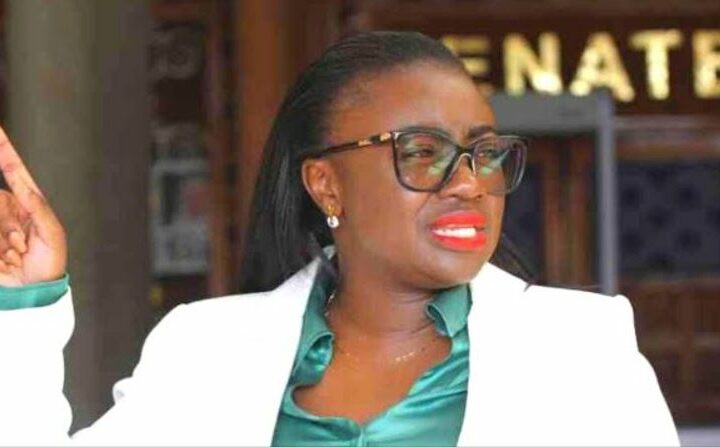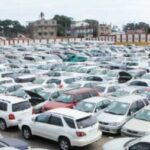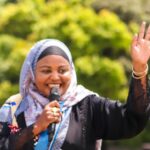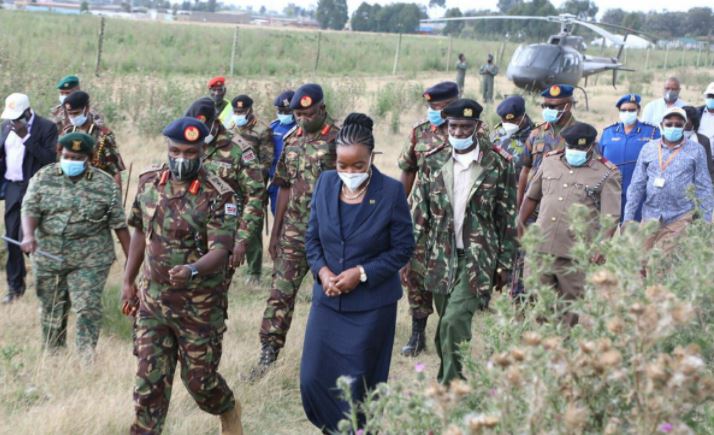 Cabinet Secretary for Defence, Dr Monica Juma, spoke to Weekend Editions in a wide-ranging interview on KDF exit from Somalia, the perceived militarisation of government, alleged US drone deployment on Kenyan space and more.
Cabinet Secretary for Defence, Dr Monica Juma, spoke to Weekend Editions in a wide-ranging interview on KDF exit from Somalia, the perceived militarisation of government, alleged US drone deployment on Kenyan space and more.
Let’s start with a clarification about Kenya’s mission in Somalia, its current position under the African Union Mission to Somalia (Amisom), and whether we are still following the withdrawal plans that had been announced earlier.
Well, there’s no clarification really. You know, Kenya happens to be one of the troop contributing countries Amisom. We went in under a UN Security Council resolution and have remained engaged. But you’ll also know that our engagement with Somalia came long before Amisom; right at the point of the collapse of Somalia in 1991-92 we were engaged because we have a duty of care to our neighbourhood. A lot of engagements took place that led to the negotiation meetings and conferences that led to the buffing of the transitional administration and government. We escorted that government into Somalia and we’ve been engaged even after Amisom in contributing to creating the capacity of Somalia to protect itself and protect its neighbours.
Does that mean there is no withdrawal plan, as yet?
We are part of a multilateral effort, bound by the plans within that framework. (Our stay in Somalia) is governed by the United Nations Security Council, which is driven by assessments that are often carried out between the African Union and the UN Security Council. There is obviously a plan, as you probably know, for exit, which is supposed to be based on change circumstances on the ground because people did not go to Somalia to walk about. There was a reason to go into Somalia, and so there is a condition-based framework of exit by Amisom, and so we are part of that entire system.
What are those conditions?
That there is security of the ground, that Al-Shabaab is defeated, and that there is local capacity to provide security for Somalia.
Based on the progress so far and the years we’ve been engaged there, do you think we are heading towards achieving those conditions?
We have come a long way, absolutely.
If you are to speak about even the level of progress, today we are having state institutions that are functioning in Somalia
Remember, when Amisom went in, one of its first mandate was to protect a very nascent administration; now we are having a fully-fledged administration in Somalia, we have federal member states that are functioning, we have an economy that has been running and improving. Al-Shabaab, which is the main reason for going in, has been seriously degraded, but it is still a threat.
So, are we at a point where there is sufficient capacity to hold territory, to provide services, to do all the things that an effective military formation can do? Not yet, but there is progress. Clearly we are not where we were in 1993.
There has been talk of a 2021 exit though.
Of course, and that discussion has been held even at the highest level of the UN Security Council. This is an agenda that remains on the table of the Security Council and every so often, in fact every six months, we invariably have the status of Somalia being deliberated. So it’s an evolving situation and that is what is going to guide us.
Kenya’s continued stay in Somalia has implications on the budget. There have been concerns about, for instance, about how much money we are spending annually to keep boots on the ground. How much of that is split between Kenya and the other supporting partners in the EU and the UNSC.
There is no expense you can equate to the defense and security of our nation, because if you don’t have security, you don’t have a nation. Having said that, though, we are part of United Nations Security Council-mandated force in Somalia. This force is funded by a number of multilateral kitties, the largest one being EU funding through the African Union Peace Fund. We have supported our troops through provision of force multipliers, which has been a sticky issue with the UN Security Council, because, to date, Amisom still remains a land-based force; it does not have force multipliers, doesn’t have air assets, does not have a naval asset, but we know that these assets are critical to the functioning and the success of any mission. We would not have taken Kismayu in 2012 without the naval capability and the air cover. A lot of the supply lines are mined, as you probably know, and so we have to do responsible activity in support of our troops on the ground, and that is how we utilize our assets. So a lot of what is assumed to be expenses on the Exchequer is taken up by the multilateral resources.
Alright. Let’s then move to the ongoing trade negotiations between Kenya and the US. Are there any military capacity negotiations on the table?
It is quite premature to speak about the content now. We just launched the negotiations.
There have been questions about US drone deployment on Kenyan space.
I think that has been part of the of media excitement. I don’t know where you got it from, and really, it’s not something that I would be happy to comment on, because I’m not aware of any such negotiations. But as far as the trade agreement is concerned, having come from Ministry of Foreign Affairs, and having actually negotiated the bilateral strategic dialogue which is the basis of the Continental Free Trade Area (CFTA), we were looking at evolving a strategic relationship that is comprehensive and diversified, that would open Kenya as a gateway because we are a gateway to East Africa into the African region, particularly within the context of the CFTA, so we hope that these negotiations will take that character. That notwithstanding, the relationship between Kenya and the US as far as defence and security is concerned has remained robust, and it’s our intention to keep it so.
Al-Shabaab has for a very long time remained Kenya’s biggest security risk. Does that still obtain today. Do we still view Al-Shabaab as Kenya’s biggest external threat, or is there another threat that has emerged?
There is no doubt that Al-Shabaab is a very significant threat to us because it is not just a localised band.
It is part of a global network of terrorist activity, intentions and agenda. Terrorism has a way of creating a global web.
They have pledged their allegiance to Al-Qaeda, some of them have pledged allegiance to ISIS, we know there is a link between them and Boko Haram, we see their footprint going down south, all the way to Mozambique and maybe further on, and we have seen appetite into Eastern Congo. Therefore this is not just a small band; it is a network of global intent to impact and change or appropriate the ways of life and afflict the values that we consider primary to us as a democratic country and people. The threat is not just to Kenya, not just to the Horn of Africa, but globally because of its character of global networks.
But other than Al-Shabaab there are many other evolving threats. One of them is linked to the question of climatic volatility and what you are increasingly beginning to see as the climate crisis. The ecological volatility that we are seeing, particularly in our own geographic region which is fragile ecologically and has been prone to famine and cyclic drought, has seen forced migration because of natural factors. Now all these things put a lot of pressure on the State to deliver social services, and that has a way of impacting the security and stability of a nation.
In the small communities we live in, that crisis is displayed by communities rising against communities, but when you put it at the national level and the larger international level, are we likely to see this resource race pitting nations?
The resource-based clashes have become cyclic in our country, and that is why there is a lot of effort in terms of developing the dryer part of this country, in terms of opening up infrastructure and diversifying the economy. For example, if you are dependent on livestock, how do you create a value system from the point of production to the point of marketing? This is part of the reason we have been tasked with turning around the Kenya Meat Commission so that we can create a ready market for livestock.
But the counter-argument would be that, that ready market has always been there. The Kenya Meat Commission has always been getting animals from local Kenyan farmers. What is going to change now to build their capacity?
What is going to change is that we are going to create a quantum. Right now, we are at a point where KMC is incapable of reaching its potential of, say, processing up to 3,000 animals a day. That is also subject to the kind of management and governance systems you put in place, you know, so we are looking at the whole system.
I don’t know whether you have timelines, but what should Kenyans hope or expect to see coming out of KMC in the next few months?
Kenyans should expect KMC to work; that is my commitment to them. We have a capacity to turn it around. We have a capacity to contribute to the productivity of this nation. We have a capacity to rehabilitate, we have done that to a number of infrastructure, critical infrastructure. And, in our mind, KMC is one of those critical infrastructures that must turn around.
That brings us to the issue of this perceived militarisation of the government.
Another cliché that really doesn’t have any meaning, frankly. If anybody was careful to look at the Constitution, to look at the tasking of the MoD by the Constitution, you will discover that we have three core areas of operation. One; we defend and protect this nation and its people from external aggression and threats. Two; we respond to any emergency that affects this country, and that is why when there is a landslide, when a bridge breaks, when a ship or a vessel capsizes, when there is a fire in the Tsavo, we are there. The third one is that if there is a threat to the stability of this nation, whether there is a crisis that the police are dealing with, we can, with the authorisation of Parliament, support efforts to restore peace and stability. Once you read that, then it becomes obvious that there is nothing that can be seen as out of context if we are engaged in any activity that responds to these three areas of tasking by the Constitution.
What would you say is the crisis we face now that warrants the deployment of military personnel in key government positions that have been in the hands of civilians?
Well, there is no crisis, but I think you should ask that question differently. What does the military or MoD have to do right? And by the way, it is not just the military. We deployed a civilian staff to start up the Kenyan Space Agency, so people are just focusing on little things. We don’t just deploy uniformed people, we deploy competencies. And that is what we are good at because in the MoD, particularly the uniform side, we have an array of high-caliber capabilities. That is why we could, within three months, rehabilitate the Thika-Nanyuki railway line; that is why we are rehabilitating the Nakuru-Kisumu line, and I can tell you it will happen within time. That is why we have been able to rehabilitate the Kisumu Port, and today MV Uhuru is shipping millions of tonnes of goods into Port Bell since December of 2019. So what we are deploying is not military, but competencies of Kenyans who are loyal to this country.
Read additional interview excerpts HERE
